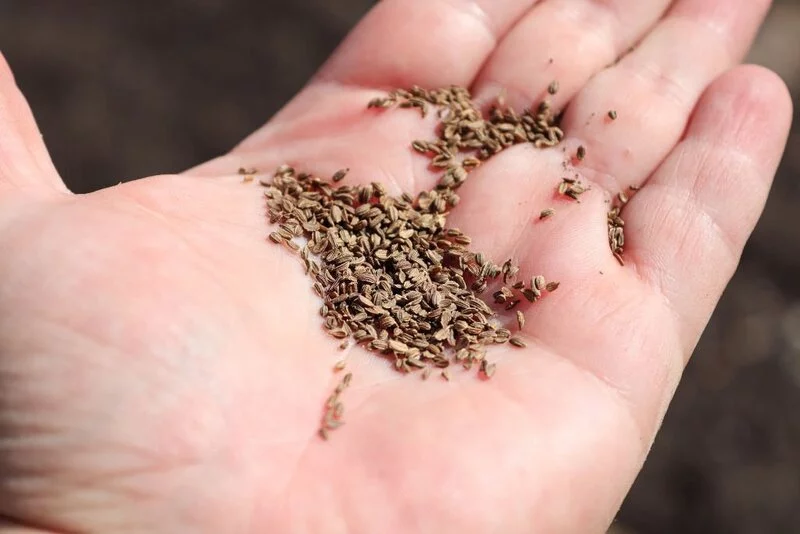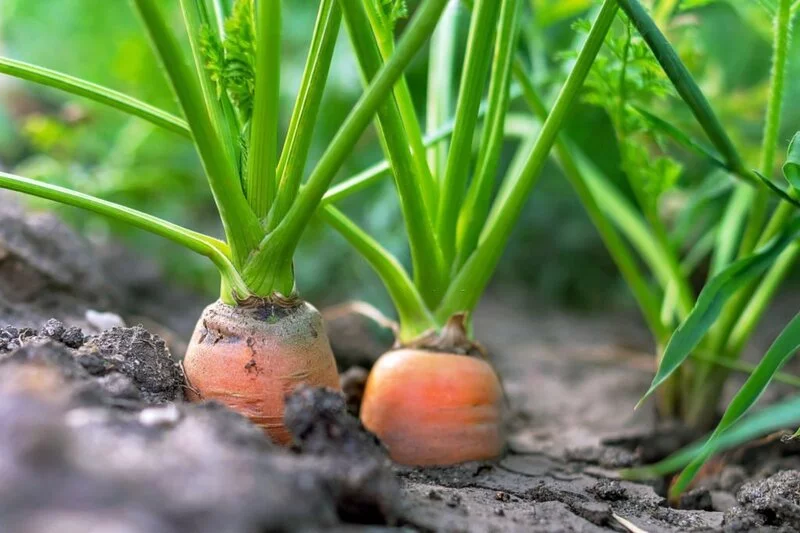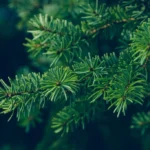Do you remember crunching on a fresh, juicy carrot as a kid and wondering where this vibrant veggie comes from? Carrots, with their bright colors and sweet crunch, are a beloved ingredient in kitchens around the globe. But, have you ever stopped to consider where a carrot seed comes from? It might surprise you to learn that the journey of a humble carrot seed is a fascinating story of growth, transformation, and regeneration. So, let’s peel back the layers and dig deeper into the captivating world of carrot plants and their seeds!
- Burpee exclusive. Our bountiful blend of wild colors! ‘atomic Red’, ‘bambino’, ‘Cosmic purple’, ‘lunar White’ and ‘Solar yellow’. smoothly tapered roots grow to 8″ x 2″ in loose soil
- Each packet contains 1500 seeds
- Sow outdoors in early spring after the average last frost date and harvest in 80 days
- Plant Height is 4″. plant spread is 3″. yields 8″ roots
- Annual for all growing zones from 1-11. Sunlight exposure = full-sun
Carrot Plant Life Cycle
Carrots, like all plants, go through a series of stages in their life – a process known as the plant life cycle. It all starts when a small carrot seed is sown into the soil. With proper care, the seed sprouts, developing roots that dig deep into the ground, and a shoot that reaches for the sky. This is the stage when the carrot, as we know it (the orange root), develops and grows.
But here’s the catch – carrot plants are biennial, meaning they take two years to complete their life cycle. In the first year, they focus all their energy on growing the edible root, and if left in the ground, the plant will use the stored energy in that root to shoot up a flowering stalk in the second year. It’s this stalk that eventually gives us the seeds for the next generation of crunchy carrots.
Anatomy of a Carrot Plant
To understand where carrot seeds come from, let’s take a closer look at the structure of a carrot plant.
The part we’re most familiar with is the carrot root. This taproot, usually orange, though it can come in a variety of other colors, is the energy storehouse that helps the plant survive winter and kickstart growth in the second year.
Above the ground, the plant has feathery, fern-like leaves that gather sunlight to produce food through photosynthesis. Then, in the second year, the plant sends up a tall stalk called a flowering stem or an inflorescence. At the top of this stalk, small white or pinkish flowers bloom in a beautiful umbrella-like cluster called an umbel.
And it’s in these delicate flowers that our quest to discover the origin of the carrot seed begins. So, let’s delve into the life of a carrot flower!
The Carrot Flower
Carrot flowers, with their lacy, umbrella-like clusters, are a sight to behold! Each individual flower in the cluster is a tiny white or pinkish bloom that looks like a starburst. But these flowers aren’t just for show. They play a critical role in the life cycle of the carrot plant, acting as a hub for pollination.
The center of each flower is packed with anthers, the male part of the flower, which produce pollen. This pollen needs to reach the pistil, the female part of the flower, for pollination to occur. And guess who helps with that? Our buzzing buddies, the bees!

Seed Formation and Maturation
Once a flower has been pollinated, usually by bees or other insects, the magic of seed formation begins. The pollinated pistil develops into a small, green, seed-like fruit called a schizocarp. This fruit matures and eventually splits into two halves, each of which is a seed. These seeds start off green but slowly turn brown as they mature and dry. This maturation process is crucial as it prepares the seeds for their next big adventure – creating a new carrot plant!
Harvesting Carrot Seeds
So, when do you know your carrot seeds are ready for harvesting? The key is in the color. When the seeds have turned a rich, dark brown, and the umbels (flower clusters) have dried out, it’s time to collect those seeds.
Gently snip the dried umbels from the plant and place them in a paper bag. Let them dry out for a few more days in a warm, dry location. Then, give the bag a good shake! This will help separate the seeds from the rest of the plant material.
Now, all that’s left is to sift through and pick out your carrot seeds. Store them in a cool, dry place and they’ll be ready to sow when the next planting season rolls around. And just like that, you’ve harvested your own carrot seeds! Amazing, isn’t it?
Importance of Pollinators
While we’ve been busy exploring the journey of a carrot seed, let’s not forget our tiny friends who make this entire process possible – the pollinators. Bees, butterflies, and even some types of beetles play an essential role in the pollination of carrot flowers. These little garden visitors help transfer pollen from the anthers to the pistil, setting the stage for seed formation.
By attracting and supporting these pollinators in our gardens, we not only aid in the life cycle of our plants but also contribute to a vibrant, balanced ecosystem. So, next time you see a bee buzzing around your carrots, give it a silent thanks for its vital role in the world of carrot seeds!
Frequently Asked Questions
Why doesn’t my carrot plant produce seeds?
Remember, carrots are biennial plants and produce seeds in their second year. Make sure your plant is given the chance to flower in the second year.
Can I grow carrots from the seeds of store-bought carrots?
Yes, you can! But be aware that the characteristics of the new plants may vary depending on the specific type of carrot and whether it was a hybrid.
How long do carrot seeds take to germinate?
Typically, carrot seeds take about 14 to 21 days to germinate. But this can vary based on the soil condition and temperature.
Conclusion
And there you have it – the intriguing tale of where a carrot seed comes from! From its humble beginnings as a flower on a second-year carrot plant, through pollination and seed formation, and finally to the harvesting and storing process, it’s clear that the journey of a carrot seed is nothing short of remarkable.
The next time you enjoy a crunchy carrot or sow a carrot seed, remember the fascinating process that’s taken place and the tiny pollinators that have made it possible. After all, each carrot seed is not just a potential plant, but a testament to the beauty and intricacy of nature.




